Weeds, Diseases and Pests
-
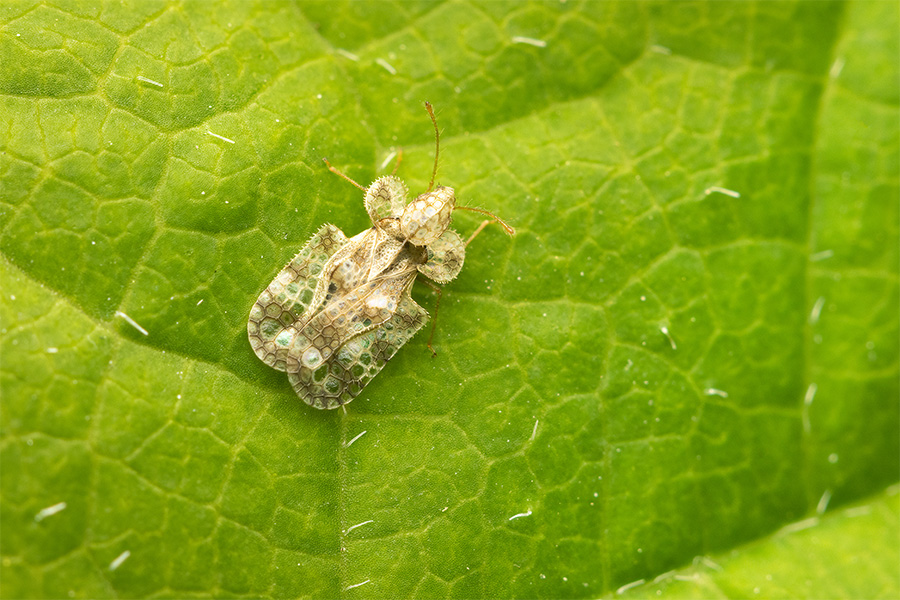
Lace bug damage to the foliage of trees and shrubs detracts greatly from the plants’ beauty, reduces the plants’ ability to produce food, reduces the plants’ vigor ad causes the plant to be more susceptible to damage by other insects, diseases or unfavorable weather conditions. Repeated, heavy infestations of lace bugs may be the primary cause of plant death.
Susan Braman
|
-
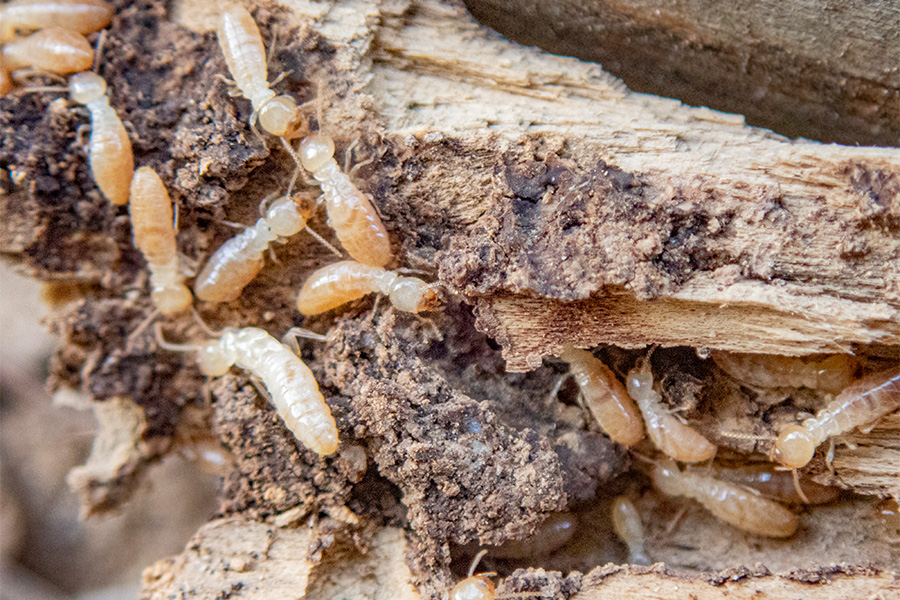
Subterranean termites are social insects that live in societies whose members are mostly mature individuals. Their colonies, which can contain thousands to millions of termites, are formidable, even though each individual termite is soft-bodied and delicate. This publication contains comprehensive information about subterranean termites in the Eastern U.S.
Daniel Suiter
|
-

Fertilizer injectors are devices used to apply water-soluble fertilizers, pesticides, plant growth regulators, wetting agents and mineral acids during crop production. They are a vital part of modern greenhouse or nursery operations. Despite the advantages, many growers have had at least one experience with a compromised, damaged or even ruined crop where the cause was traced to a malfunctioning injector. Just like other mechanical devices, proper and frequent maintenance and calibration are crucial steps to ensure optimal injector performance and, thus, healthy crops.
Svoboda Pennisi
|
-

Though subterranean termites are a normal component of soil around buildings, structural infestations are not necessarily inevitable. As discussed later, a home’s susceptibility to termite infestation is dependent upon a number of things, including construction type, home maintenance, landscaping, and perhaps conditions in and around the structure that favor the activity, growth and survival of local termite populations.
Brian Forschler and Daniel Suiter
|
-
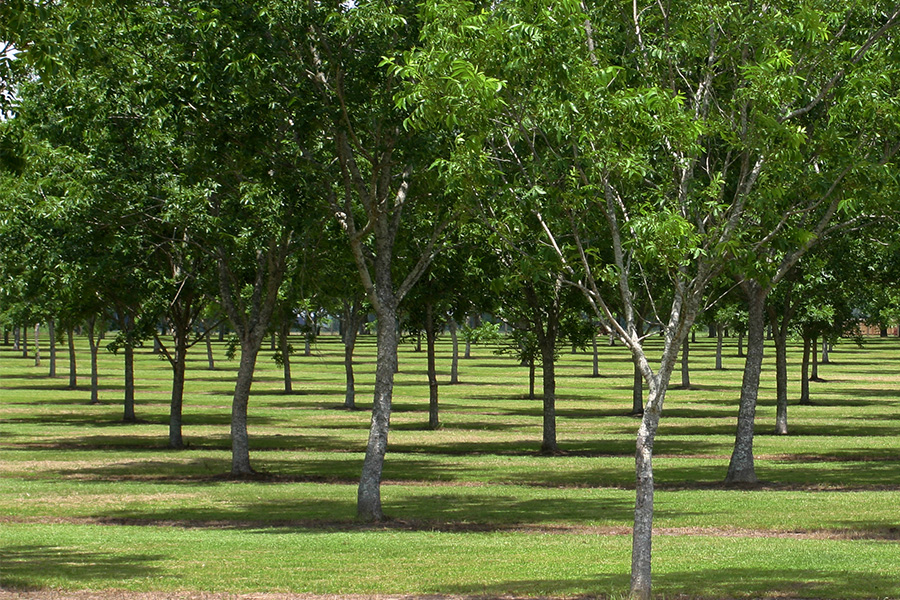
As Georgia’s pecan production acreage has increased, reports of insect pests that attack younger, less established trees have also increased, particularly infestations by pecan bud moth and ambrosia beetles. This circular summarizes the pertinent insect pests that attack young, non-bearing pecan trees, including key details on their biology, injury, monitoring, and management. This information should be helpful to both new pecan growers and experienced growers with newly established orchards.
Andrew Sawyer
|
-
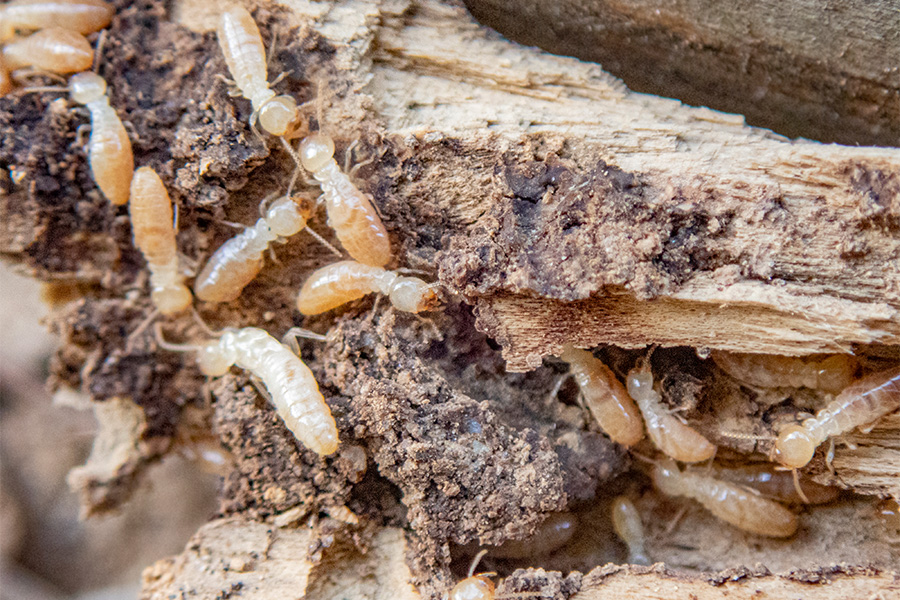
Las termitas subterráneas son los insectos sociales que viven en una sociedad en donde la mayoría de los miembros son insectos inmaduros o juveniles. Sus colonias pueden incluir de miles a millones de termitas, y a pesar de tener un cuerpo-suave, frágil y delicado son insectos formidables. En la naturaleza, las termitas subterráneas están estrechamente asociadas con el hábitat o entorno del suelo en donde construyen túneles para localizar agua y comida (ej. madera, troncos, y otras materiales que contienen celulosa).
[Subterranean termites are social insects that live in societies whose members are mostly mature individuals. Their colonies, which can contain thousands to millions of termites, are formidable, even though each individual termite is soft-bodied and delicate. This publication contains comprehensive information about subterranean termites in the Eastern U.S.]
Daniel Suiter
|
-

Annual ryegrass (Lolium multiflorum), also referred to as Italian ryegrass, is the most problematic winter annual weed in Georgia hayfields. Seed germinates from September to November when soil temperatures drop below 70 degrees F. Seedlings mature in the fall, overwinter in a vegetative state, and resume active growth in the spring. Annual ryegrass is a prolific seed producer that contributes to annual infestations.
This publication summarizes the growth and identification of this weed. Cultural and chemical control options are also presented for tall fescue, bermudagrass, alfalfa, bahiagrass and other forage legumes grown for hay production.
Patrick McCullough
|
-
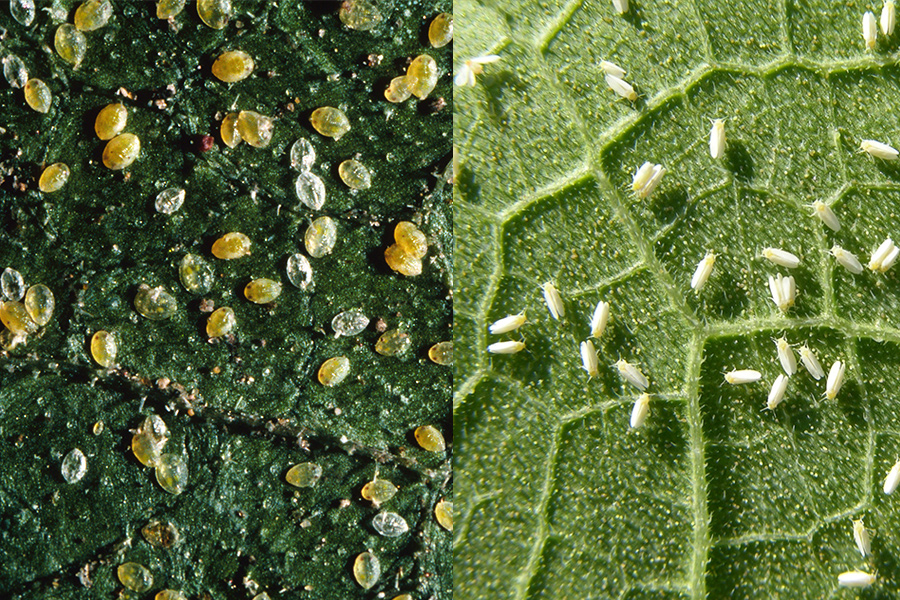
The silverleaf whitefly (SLWF), Bemisia tabaci, (also known as sweet potato whitefly) is a pest of a wide variety of horticultural and agronomic crops in southern Georgia. Adults and nymphs (Figure 1) have piercing-sucking mouthparts and feed on phloem, the transport tissue of plants, and remove plant sap. While this direct feeding can damage plants and lead to additional problems with the accumulation of honeydew and sooty mold, whiteflies also inject salivary fluids while feeding, which can result in plant disorders and transmission of plant viruses. When viral pathogens are present, their transmission creates the greatest threat to the economical production of many vegetable crops, particularly tomatoes, snap beans, most cucurbit crops, and occasionally, cole crops. The potential for whitefly pest problems and viral disease incidence in Georgia varies greatly by year, location, and production season. Recent experience indicates that greater viral incidence can be observed when pest populations are high, even though few viruliferous (virus-carrying) whiteflies are needed to inoculate individual plants.
Alton Sparks, Tim Coolong, Rajagopalbabu Srinivasan, Bhabesh Dutta, Sudeep Bag, and Brendon Myers
|
-
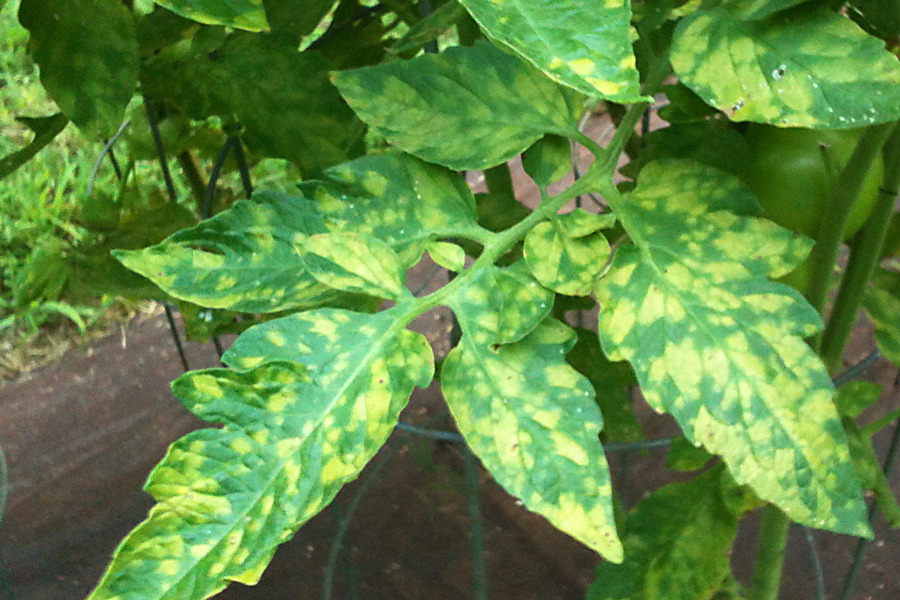
This publication contains information about common tomato diseases in Georgia. It includes photographs and descriptions of diseases such as buckeye rot and fusarium wilt.
Elizabeth Little and Bhabesh Dutta
|